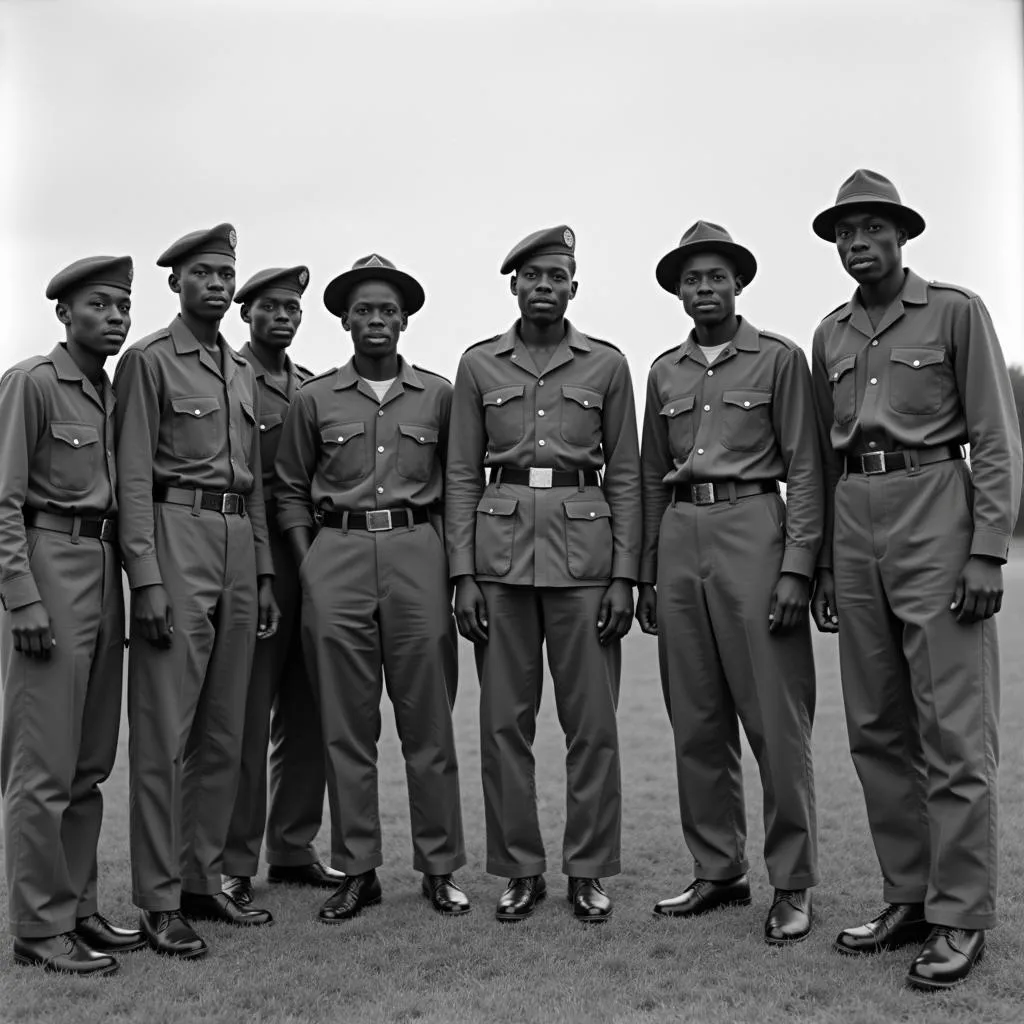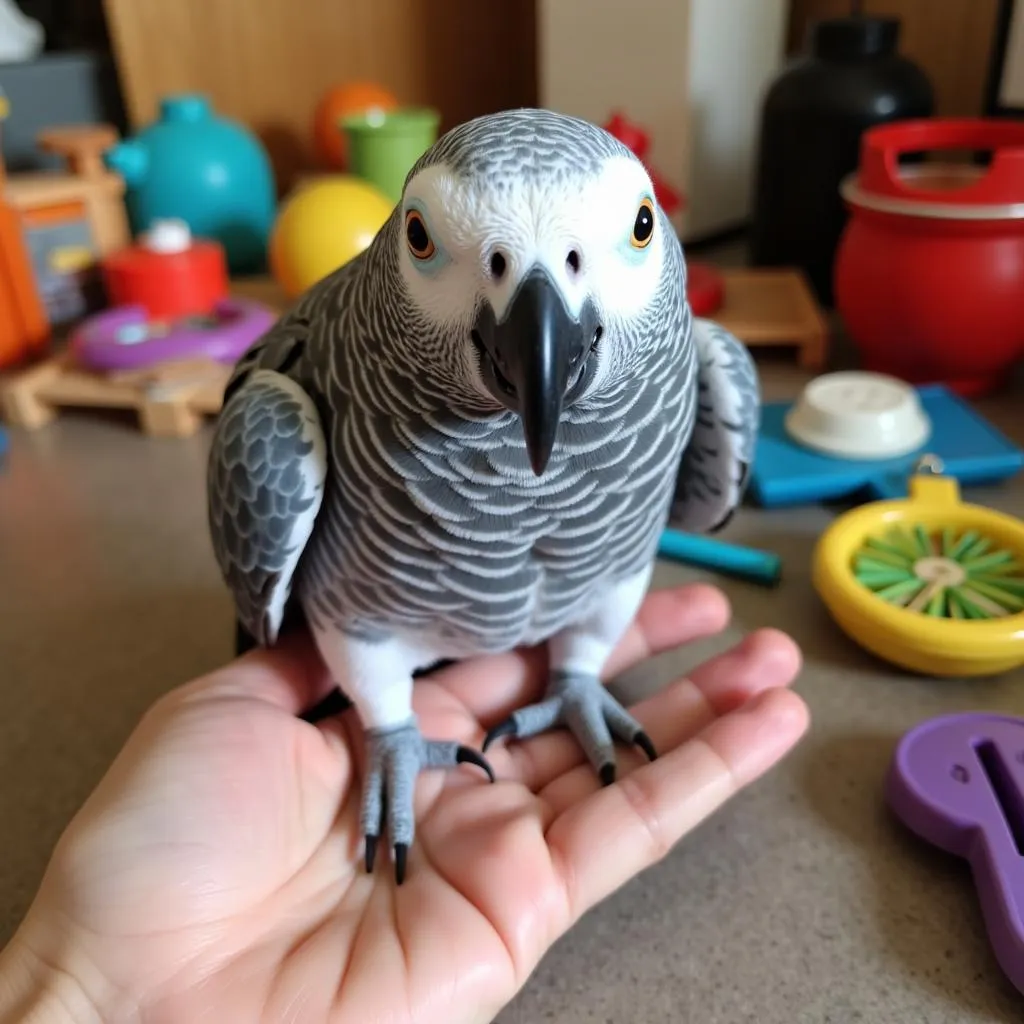Creating the Perfect African Bullfrog Enclosure
Setting up an African Bullfrog Enclosure is a rewarding experience for any reptile enthusiast. These fascinating creatures demand specific care, and providing a comfortable and stimulating habitat is crucial for their well-being. Let’s delve into the key elements of constructing the ideal home for your African bullfrog.
Understanding Your African Bullfrog’s Needs
Before crafting the perfect enclosure, it’s essential to comprehend the natural habitat of the African bullfrog. Native to sub-Saharan Africa, these amphibians thrive in warm, humid environments. They are primarily terrestrial, spending most of their time on land rather than in water.
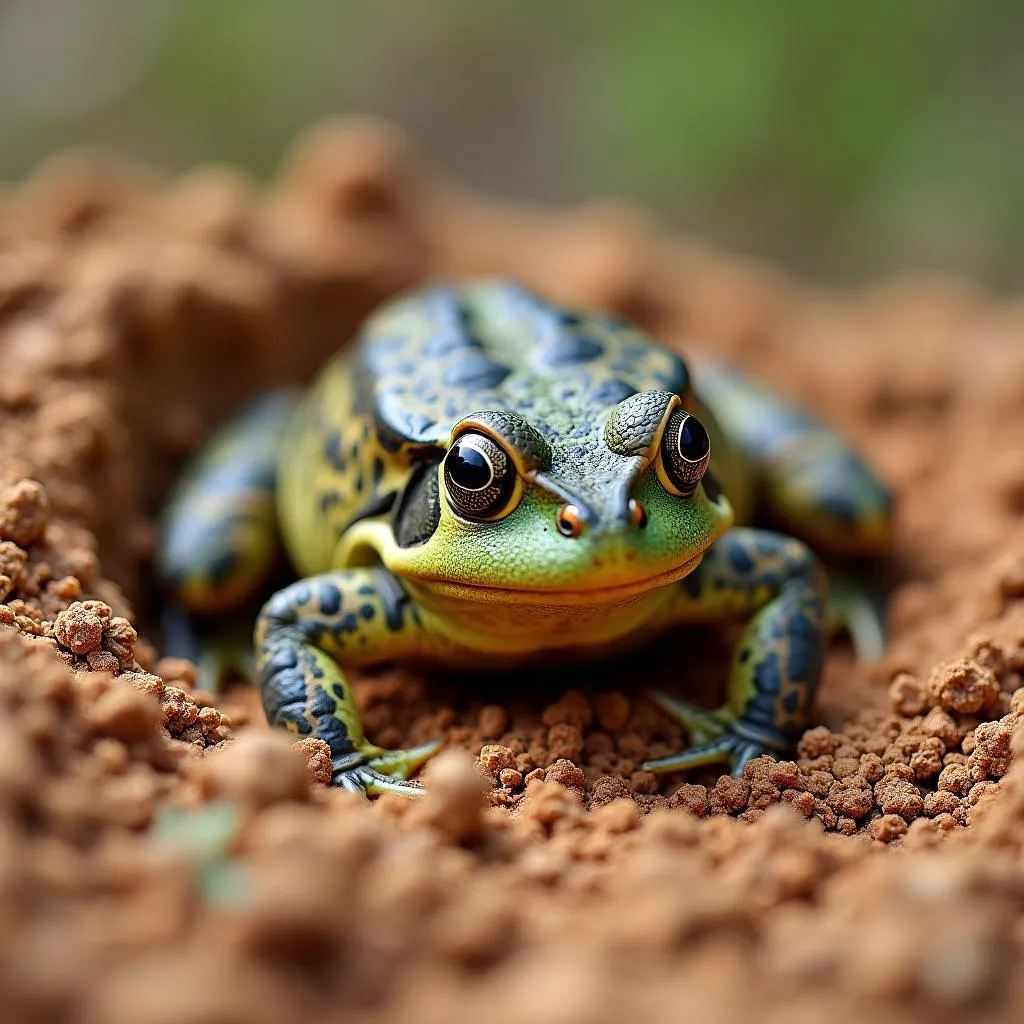 African bullfrog camouflaged in its natural habitat
African bullfrog camouflaged in its natural habitat
Enclosure Size and Type
A spacious enclosure is paramount. For a single adult African bullfrog, a 20-gallon long tank is the minimum recommended size. Remember, bigger is always better, especially if you plan to house multiple frogs. Opt for a glass or plastic terrarium with a secure, well-ventilated lid.
Substrate Selection
The substrate, or bedding material, plays a crucial role in your bullfrog’s comfort. Avoid using gravel or small pebbles, as these pose a choking hazard. Instead, choose a substrate that retains moisture well, such as:
- Coconut fiber: A popular and affordable option that provides excellent moisture retention.
- Cypress mulch: This natural mulch is aesthetically pleasing and holds humidity effectively.
- Sphagnum moss: Known for its moisture-wicking properties, sphagnum moss is ideal for maintaining humidity levels.
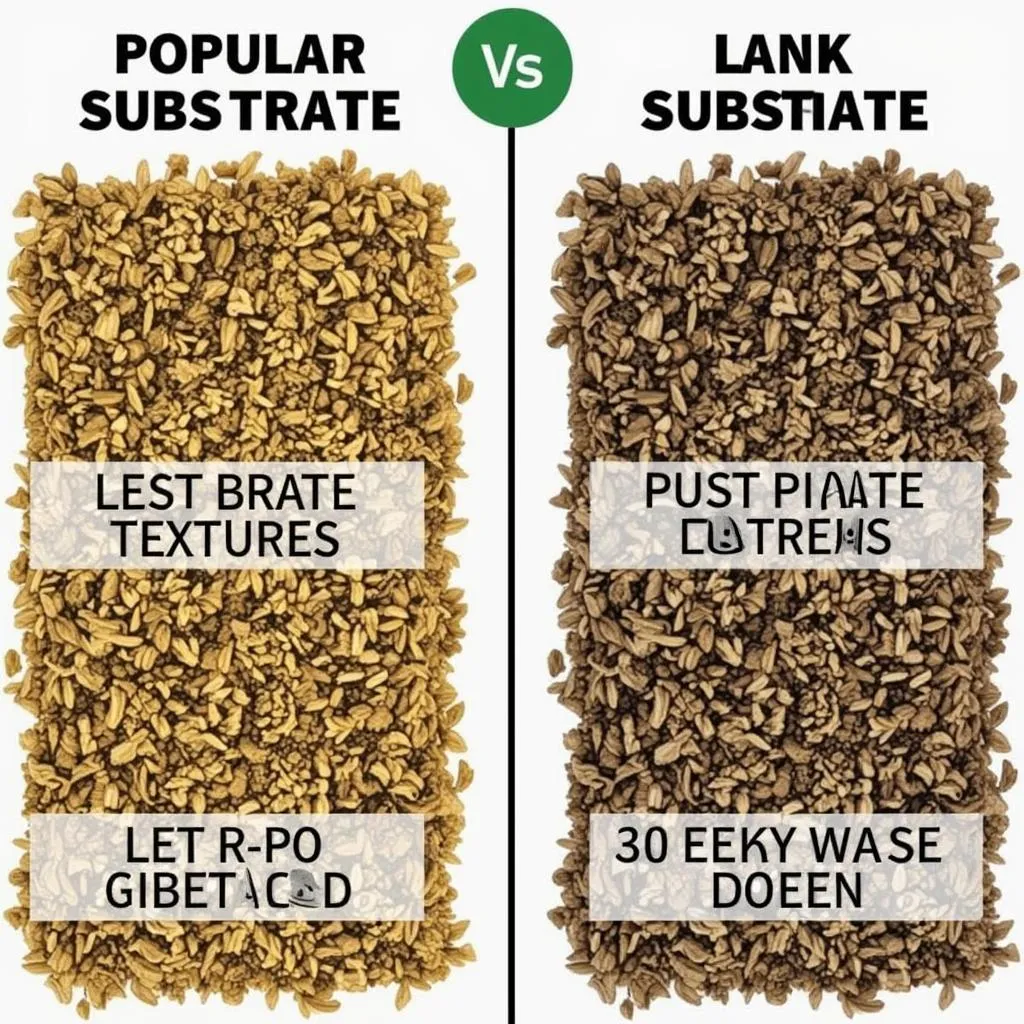 Comparison of different substrate options for an African bullfrog enclosure
Comparison of different substrate options for an African bullfrog enclosure
Maintaining Optimal Temperature and Humidity
African bullfrogs thrive in warm temperatures. Maintain a temperature gradient within the enclosure, with a basking spot reaching 85-90°F (29-32°C). The cooler end should remain around 75-80°F (24-27°C). Achieve this gradient using a heat mat placed on one side of the enclosure, ensuring it covers no more than one-third of the tank’s floor space.
Humidity is equally critical. Aim for a humidity level of 60-80%. Mist the enclosure with dechlorinated water daily, using a hygrometer to monitor humidity levels.
Creating a Naturalistic Environment
Enrich your bullfrog’s life by mimicking their natural habitat. Include:
- Hiding spots: Offer your bullfrog ample places to retreat, such as half-logs, caves, or even overturned plastic containers.
- Climbing opportunities: Although not adept climbers, African bullfrogs enjoy exploring low-lying branches or rocks.
- Shallow water dish: Provide a sturdy, shallow water dish large enough for your bullfrog to soak in. Ensure the water is dechlorinated and changed daily.
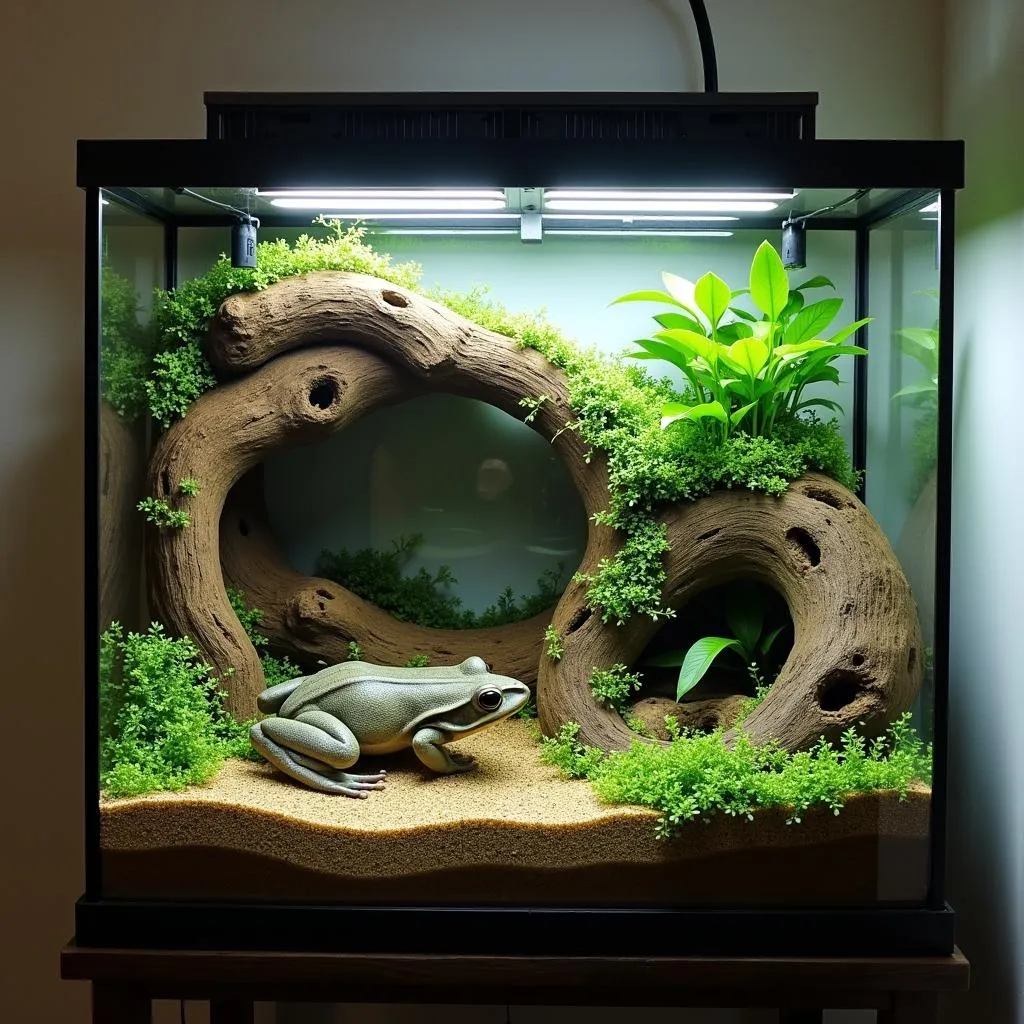 A fully furnished African bullfrog enclosure with natural elements
A fully furnished African bullfrog enclosure with natural elements
Feeding Your African Bullfrog
African bullfrogs are voracious eaters. Their diet should consist primarily of:
- Insects: Crickets, mealworms, and roaches are excellent staple insects.
- Occasional treats: Offer pinky mice, earthworms, or silkworms as occasional treats for variety.
Gut-load all insects with a nutritious diet before feeding them to your bullfrog. Dust their food with a calcium and vitamin D3 supplement two to three times a week.
Maintaining a Clean and Healthy Environment
Regular cleaning is essential for your bullfrog’s health. Remove uneaten food items daily and spot-clean the enclosure as needed. Perform a complete substrate change every 4-6 weeks.
Conclusion
Creating a thriving environment for your African bullfrog requires attention to detail and a commitment to replicating their natural habitat. By providing a spacious enclosure with appropriate substrate, temperature, humidity, and enrichment, you can ensure a long and healthy life for your fascinating amphibian companion. Remember, a well-maintained enclosure translates to a happy and healthy African bullfrog.

